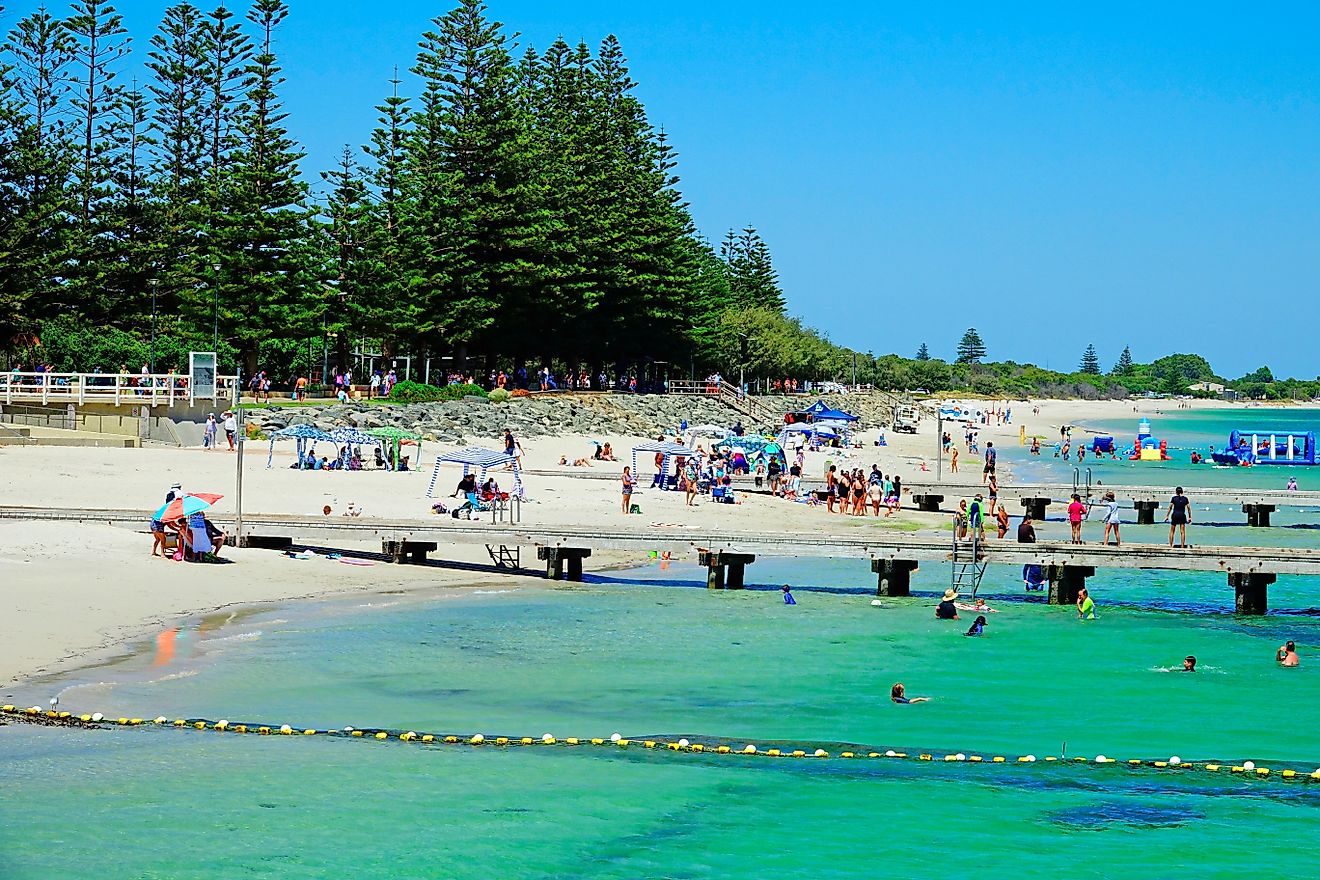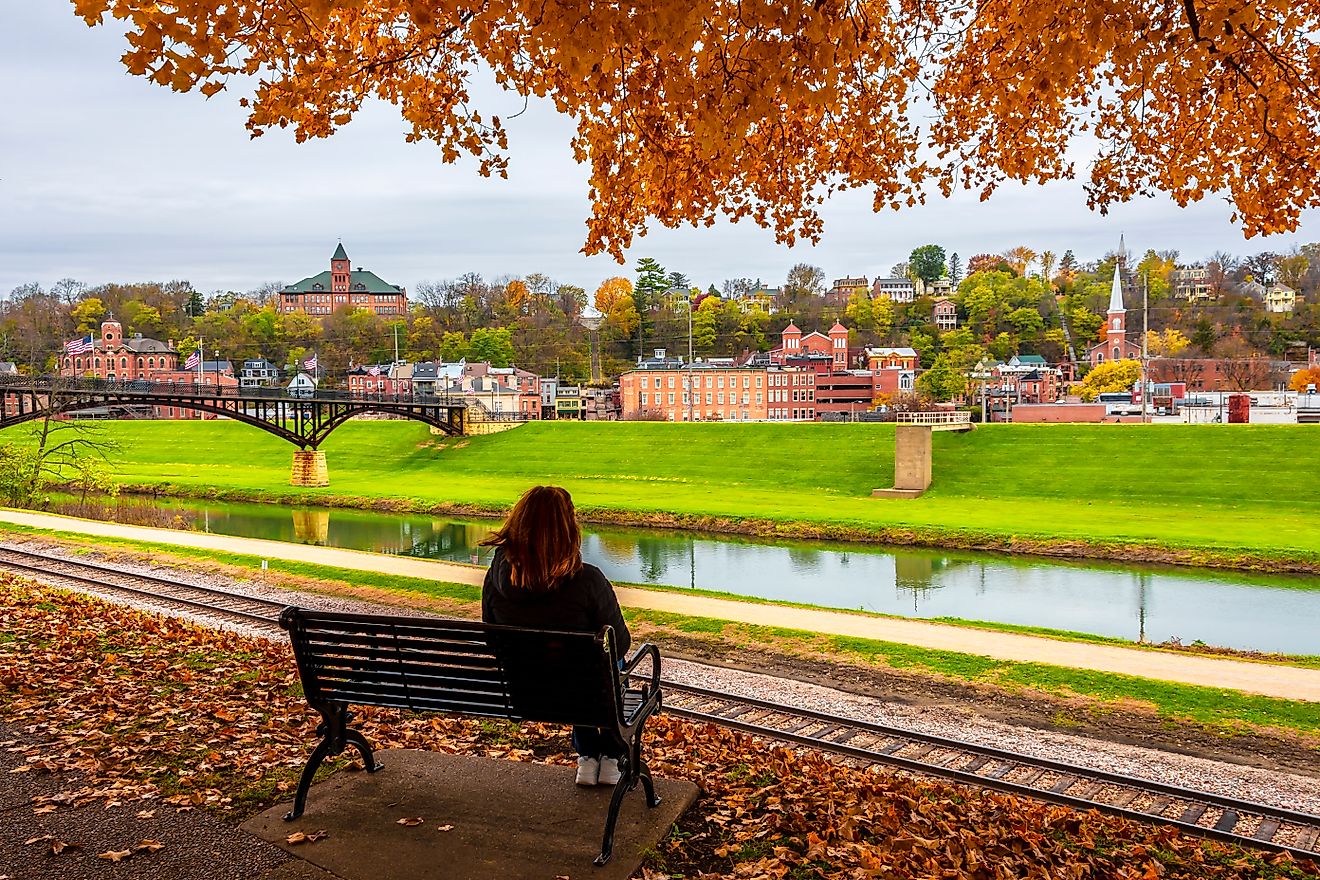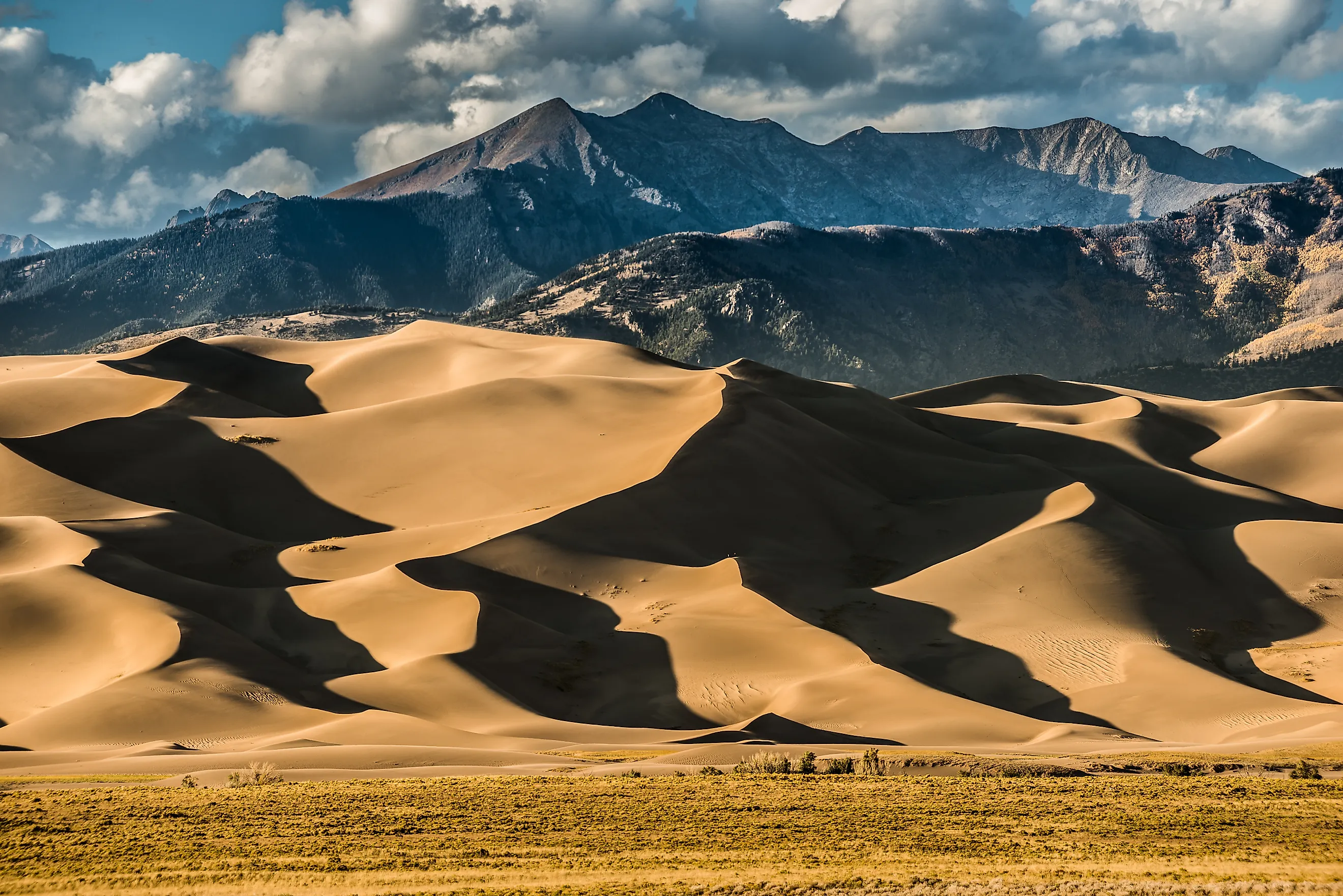
8 National & State Parks In Colorado You Have To Visit
Colorado is considered by many to be one big natural playground, with the Rocky Mountains covering nearly half the state. It has taken advantage of its wonderful array of landscapes, with much of it also being protected by dozens of state and national parks, each of which has something to offer, whether it be extensive hiking trails, climbable cliff faces, fishable lakes and rivers, scenic viewpoints, or unique geological formations.
Take a look at what we think are eight of the best, ranging from Colorado's arid western edges to the cityscapes of Denver and beyond, and learn about why they've made our list.
Rocky Mountain National Park
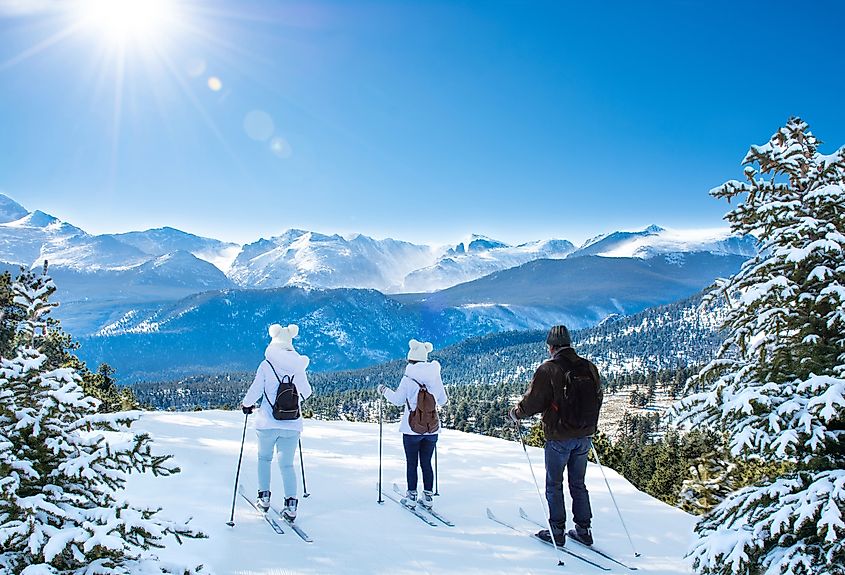
Perhaps the state's most recognizable park, Rocky Mountain National Park is in fact Colorado’s most visited natural area, spanning almost 266,000 acres of alpine terrain, subalpine forests, and glacial valleys that draw in well over 4 million people per year. Elevations here range from 7,500 to over 14,000 feet, giving you close access to a plethora of ecosystems all within a short drive, from snowcapped mountains to lush woodlands. The wildlife here is also almost as abundant as the tourists, with elk, black bears, bighorn sheep, and marmots commonly seen roaming around.
Trail Ridge Road, one of the highest paved roads in the United States, passes through, providing some of the best views of the Continental Divide and the region's alpine tundra. If you're keen to travel on foot instead, more than 350 miles of trails lead to destinations such as Bear Lake, Emerald Lake, and the summit of Longs Peak, one of Colorado’s most recognizable fourteeners. Activity doesn't slow much in the winter, as snowshoeing and cross-country skiing replace hiking as primary activities.
The park’s proximity to the town of Estes Park makes it convenient for day trips, while numerous campgrounds and backcountry sites support longer stays, something you'll likely want to do if you've traveled a long distance to get here.
Great Sand Dunes National Park and Preserve
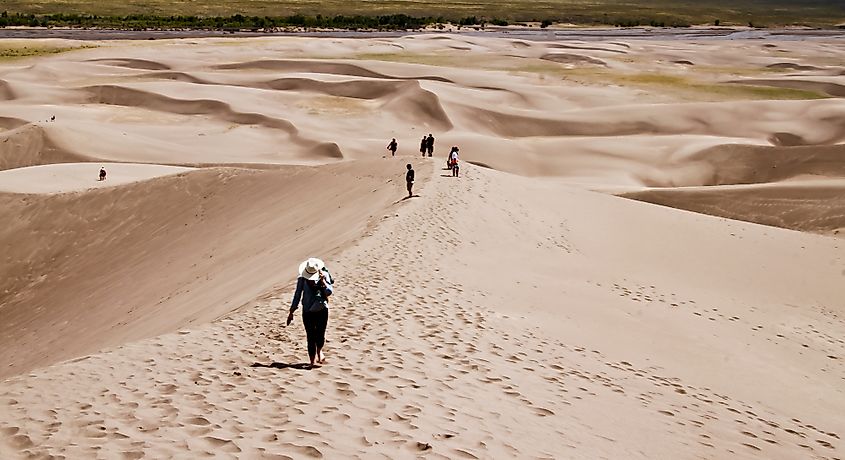
Great Sand Dunes National Park and Preserve contains the tallest sand dunes in North America, rising to 750 feet against the backdrop of the Sangre de Cristo Mountains. The park covers over 150,000 acres of dunes, grasslands, wetlands, and alpine forests, with 30 square miles of pure dunefields being the clear centerpiece/attraction.
You can hike or sandboard across the sizable dune field, with popular routes leading to landmarks like High Dune and Star Dune for sweeping views of the valley below. Just be aware of how exhausting walking on sand is versus solid ground, and get ready to empty out your shoes afterward, too! Furthermore, Medano Creek, a seasonal stream that flows at the base of the dunes, creates a unique, certainly more relaxing, inland beach experience in late spring.
Beyond the dunes, the Medano Pass Primitive Road and the Mosca Pass Trail will both introduce you to the park’s forested mountain terrain, which is more akin to the central Colorado scenes you're probably used to seeing. The park is also an International Dark Sky Park, offering some of the best night-sky visibility in the entire country.
Eldorado Canyon State Park

Eldorado Canyon State Park, located just south of Boulder, is best known for its steep sandstone cliffs and its popularity among climbers. It boasts more than 1,390 acres of craggy land within a narrow canyon cut by South Boulder Creek. The park’s rock walls sometimes rise more than 700 feet above the canyon floor and display clear evidence of ancient geologic uplift, making it a spot of interest for both geologists and thrill seekers.
Over 500 established climbing routes attract both beginners and experts of the hobby, while hiking trails such as Rattlesnake Gulch, Fowler Trail, and a handful of others often reward their travelers with strong views of the nearby Continental Divide.
In addition to climbing and hiking, visitors often come (usually from either Boulder or Denver) for picnicking, fishing, and simple wildlife observation, with golden eagles and mule deer often seen in the area. The canyon’s close proximity to these two cities makes it a popular day-use park for all kinds of sightseers, but it still retains a rugged, wild character, being remarkably remote-feeling given its location.
Black Canyon of the Gunnison National Park
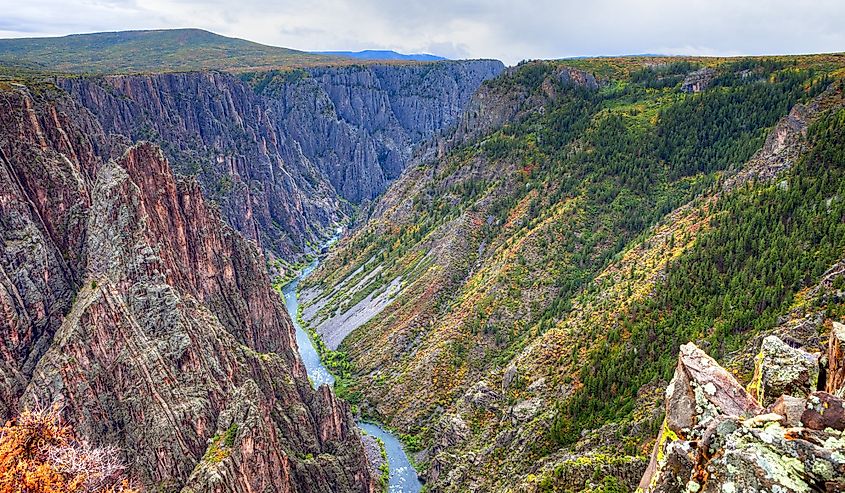
Black Canyon of the Gunnison National Park showcases one of the continent's steepest and most eye-catching river gorges. Carved by the Gunnison River over millions of years, the canyon reaches seemingly impossible depths of more than 2,720 feet, with walls so sheer that sunlight reaches the canyon floor for only a brief time each day. With that, you can theoretically fit the CN Tower within it and still be looking several hundred feet down at the building's tip from the canyon's rim!
The park is divided into three sections: the South Rim, the North Rim, and the more remote East Portal. The South Rim is the most accessible, featuring overlooks such as Chasm View and Painted Wall, which look across to one of the tallest cliffs in Colorado at 2,250 feet. For a more active outing, trails here range from short rim walks to challenging descents into the inner canyon for experienced hikers. Rock climbing and kayaking are also permitted in select areas.
Black Canyon's combination of breathtaking geology and relative solitude when compared to other prominent federally protected areas easily makes it one of Colorado’s must-visit national parks for those willing to make the journey.
Curecanti National Recreation Area
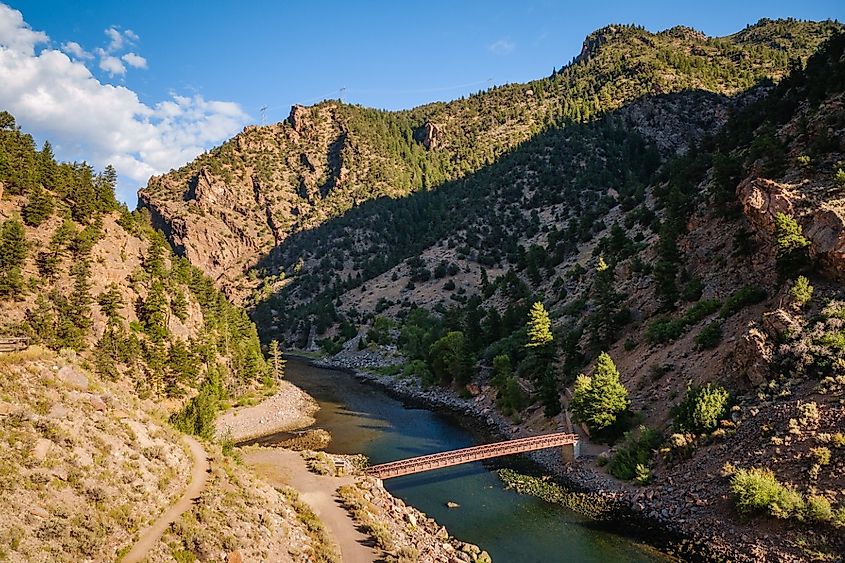
Curecanti National Recreation Area also stretches along the Gunnison River in western Colorado, centered around three large reservoirs formed by a series of dams: Blue Mesa, Morrow Point, and Crystal. The area serves as both a recreation hub and a transition zone between mountain to canyon ecosystems and scrub-covered foothills, a perfect place to take in slices of some of Colorado's many distinct landscapes.
Blue Mesa Reservoir, the largest body of water entirely within Colorado, is a hotspot for boating, fishing, and swimming during the summer months. On the other hand, Morrow Point Reservoir is accessible only by trail or boat, offering quieter surroundings for paddlers and hikers alike.
And be sure to try out the Dillon Pinnacles Trail or the Pine Creek Trail, each providing clear views of the iconic volcanic spires commonly seen within the park and the narrow canyon walls leading toward Black Canyon of the Gunnison. Note that this sizable recreation area is also known for its birdlife, including ospreys and bald eagles.
Mesa Verde National Park
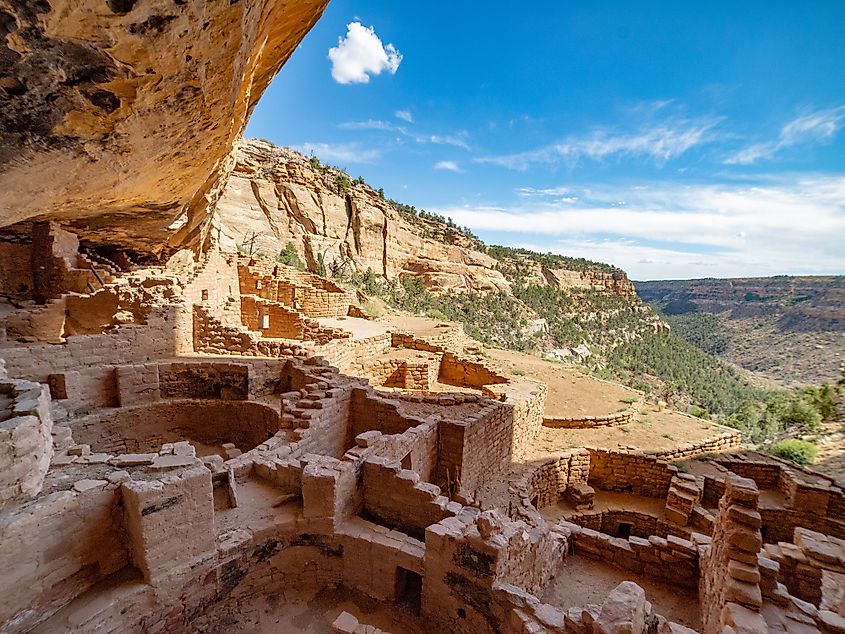
Mesa Verde National Park watches over more than 700 years of Ancestral Puebloan history in a very Southwestern-feeling, rugged section of Colorado near the New Mexico, Utah, and Arizona borders. The park encompasses over 52,000 acres and contains nearly 5,000 archaeological sites, including 600 cliff dwellings built into its sandstone alcoves. Cliff Palace and Balcony House are among the most well-known, offering direct insight into the daily lives of the people who inhabited the region from about 600 to 1300 CE.
Explore this blast from the past via a guided tour or two through these dwellings, view artifacts at the Chapin Mesa Archaeological Museum, and drive the Mesa Top Loop Road to see numerous other excavation sites and panoramic desert overlooks. The park’s high elevation also provides views near the desolate Four Corners region, an area where you're more likely to run into native wildlife like mule deer and peregrine falcons.
Designated a UNESCO World Heritage Site, Mesa Verde National Park combines the Southwest's ancient cultures with the distinctive landscape of Colorado’s plateau country, an awesome place for history buffs and outdoor adventurers alike.
Florissant Fossil Beds National Monument
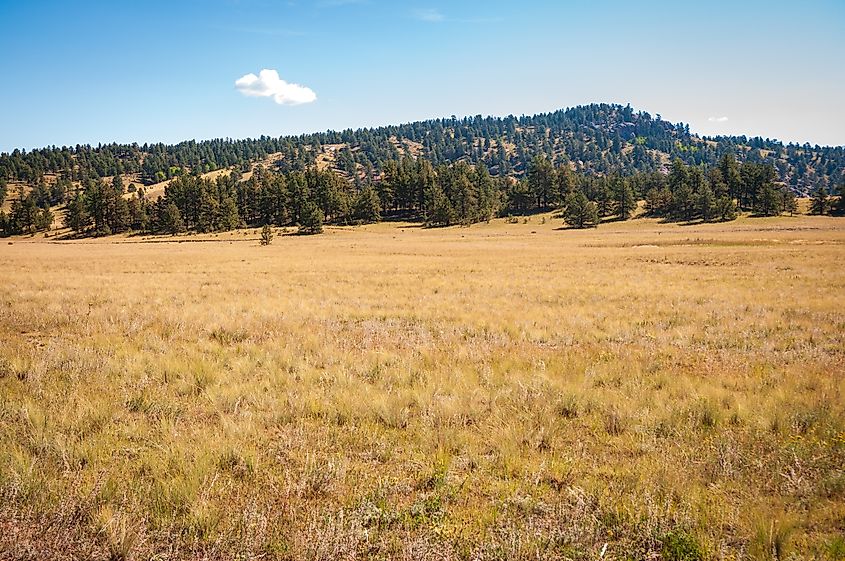
Less than an hour outside of Colorado Springs, Florissant Fossil Beds National Monument protects one of the richest fossil deposits in North America. The monument covers 6,278 acres of montane meadows and forests that host evidence of an ancient ecosystem dating back 34 million years!
The site’s most distinctive feature is its collection of massive petrified redwood stumps, remnants of trees that once rivaled modern coastal redwoods in size. Thousands of detailed insect and plant fossils found in shale layers further provide a clear record of prehistoric life and the climate conditions that once existed in the region.
These days, you can view meticulously maintained fossil displays at the visitor center, stroll along interpretive trails such as the Petrified Forest Loop, and observe the fossil excavation sites that continue to yield new discoveries. The surrounding landscape, very much worth a walk around too, is where the Great Plains meet the Rockies, adding to the monument’s mix of scientific and scenic value for all.
Cherry Creek State Park
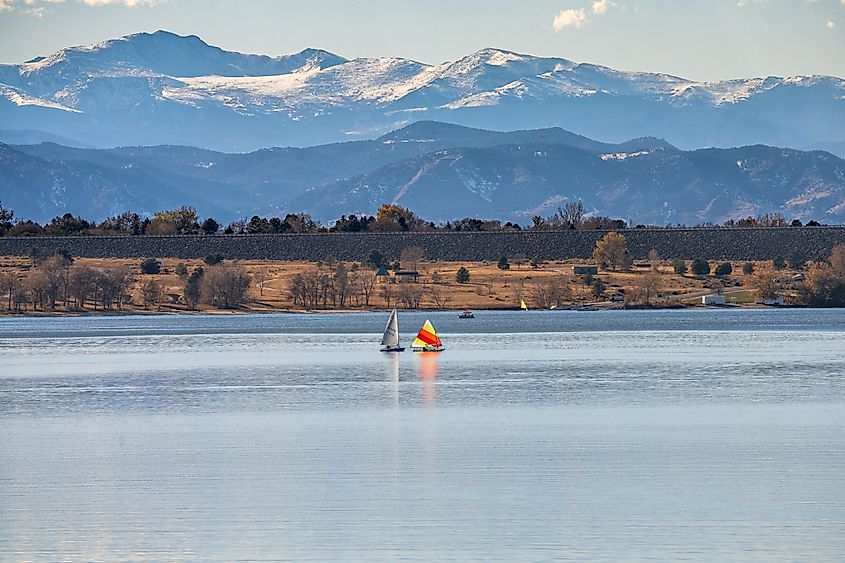
If you're not interested in making the drive out to the mountains, Cherry Creek State Park may be just the spot for you. With 4,200 acres sitting directly in the Denver metropolitan area, this urban greenspace centers on the 880-acre Cherry Creek reservoir, fed by none other than the meandering Cherry Creek. Its nearby prairie and wetland habitats house a surprising amount of fauna, too, as healthy populations of deer, coyotes, and more than 200 bird species call the park home as well.
Cherry Creek State Park provides year-round recreation within minutes of the downtown core, supporting motorized boating, paddleboarding, sailing, and fishing, while its surrounding shoreline includes a designated swim beach and a marina. Furthermore, more than 35 miles of multi-use trails circle the water and connect to a regional trail network leading toward other parts of Denver and neighboring Aurora. In winter, the trails are popular spots for cross-country skiing and snowshoeing, too.
Facilities here include a large campground, picnic areas, and even a model airplane field, while a plaza along the adjacent South Parker Road houses a selection of cafes and other eateries in case you're looking for a post-walk snack.
See the Most Exciting Landscapes Colorado Has to Offer
Colorado’s diverse assortment of parklands represents its full geographic range, from alpine peaks to desert canyons and preserved fossil beds. Each site mentioned above was chosen for its ability to provide a distinct view of the state's natural/cultural history and its treasure trove of fun outdoor attractions.
Whether exploring the high elevations of Rocky Mountain National Park or the longstanding cliff dwellings of Mesa Verde, you'll surely encounter both recreation and education in equal measure. It would be a shame not to at least visit one during your next visit to the Centennial State.
